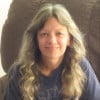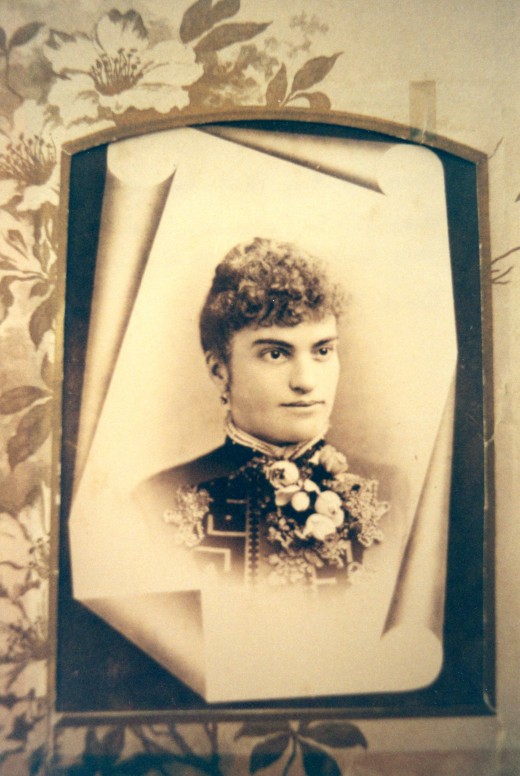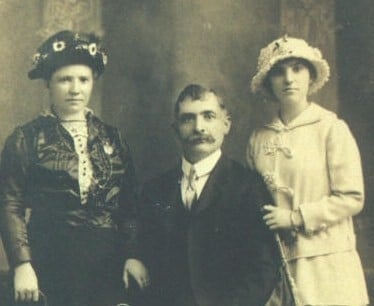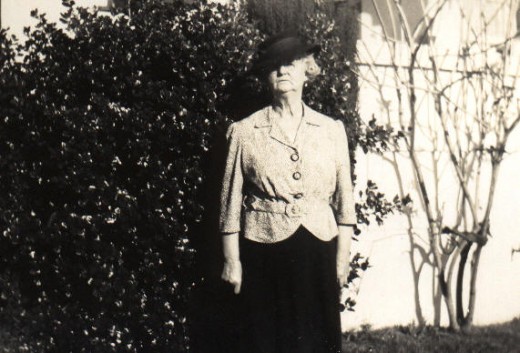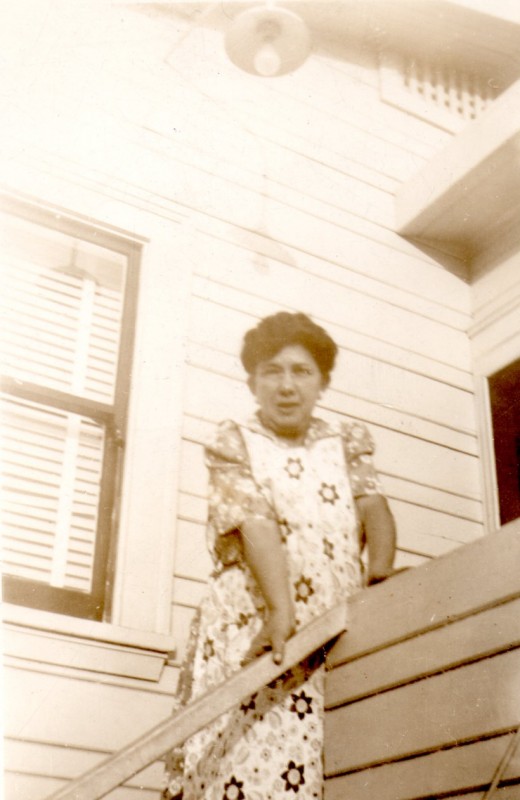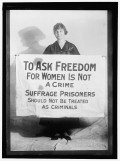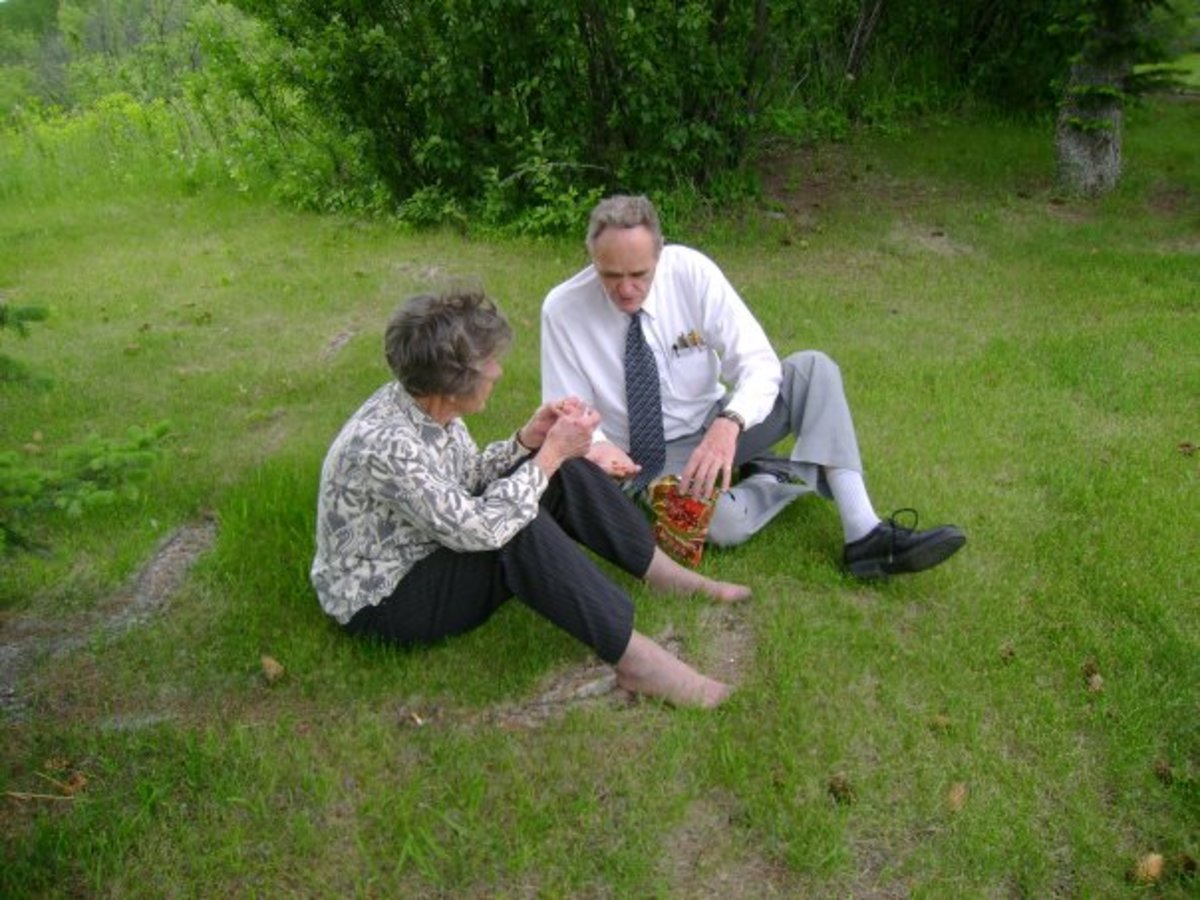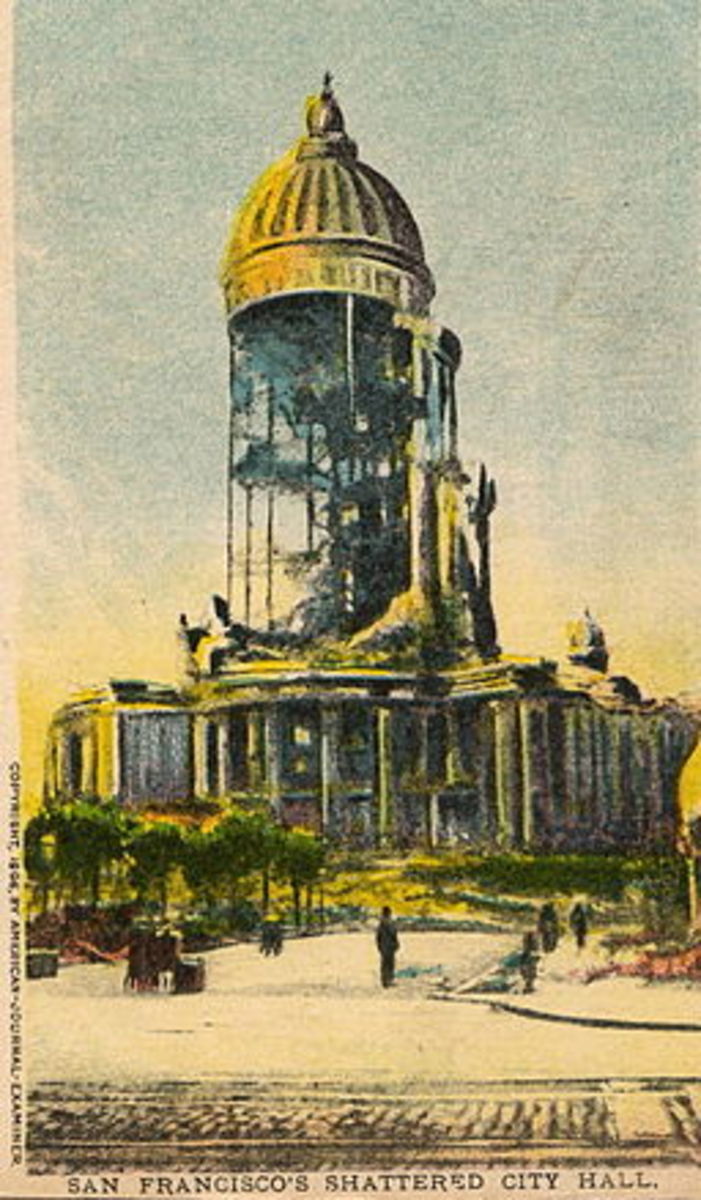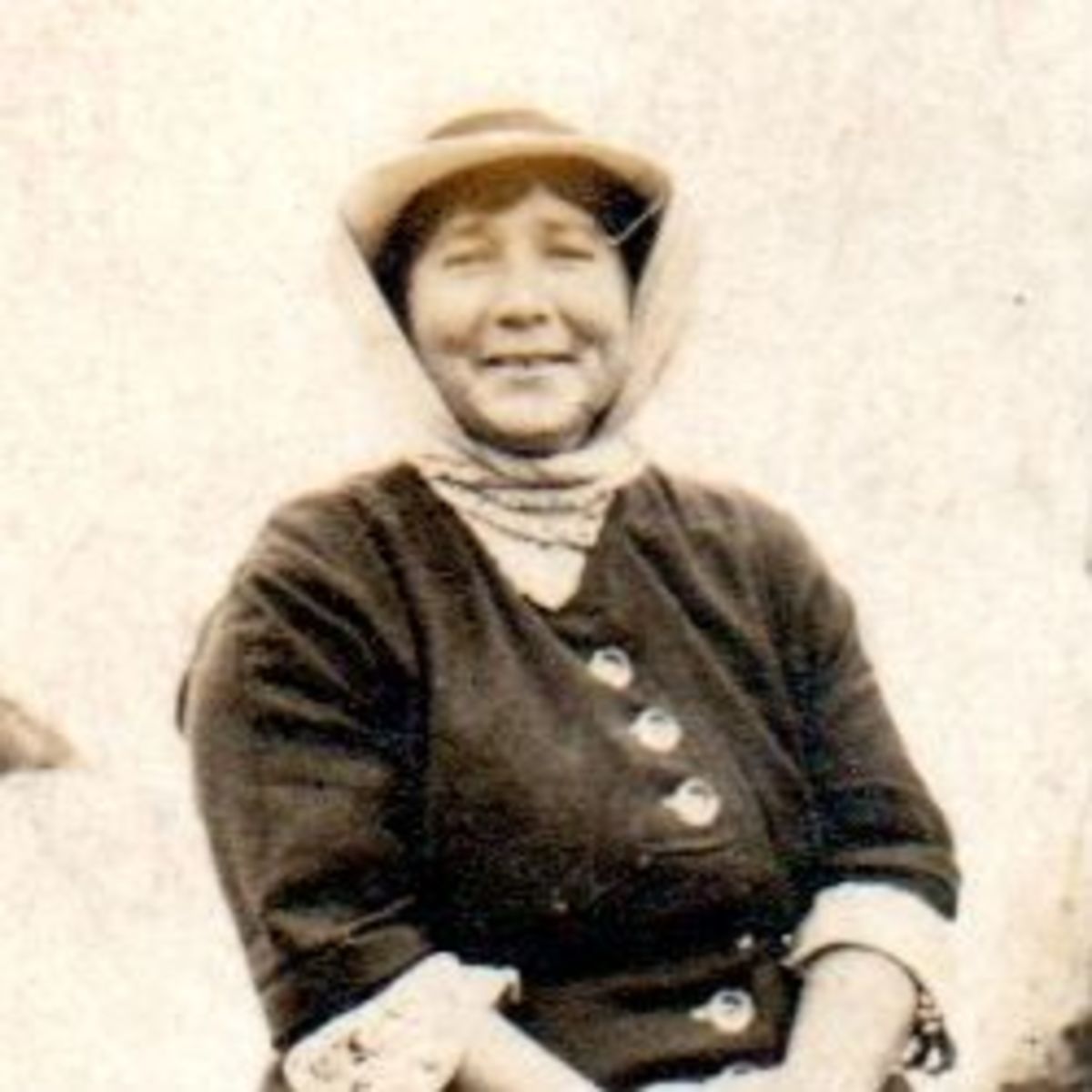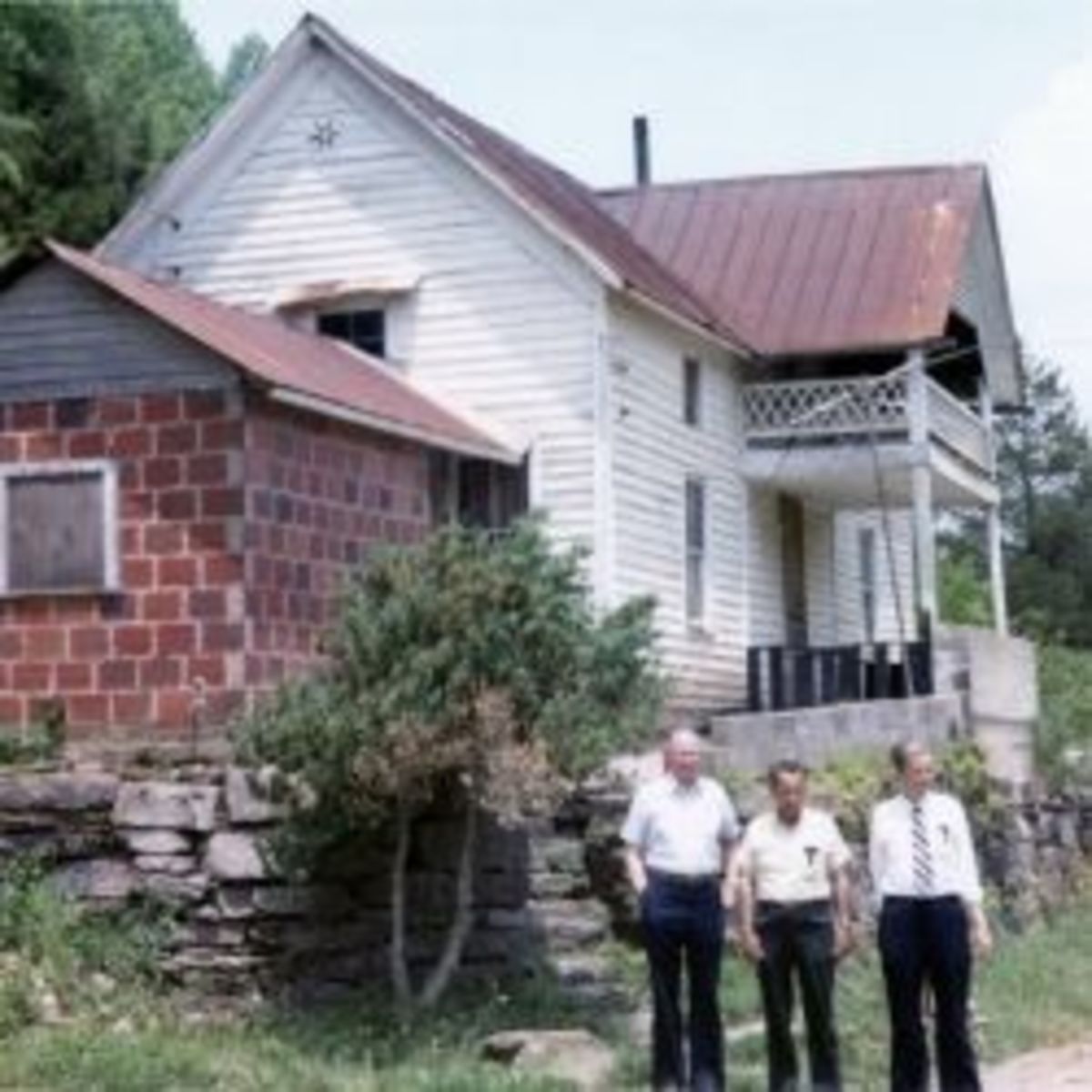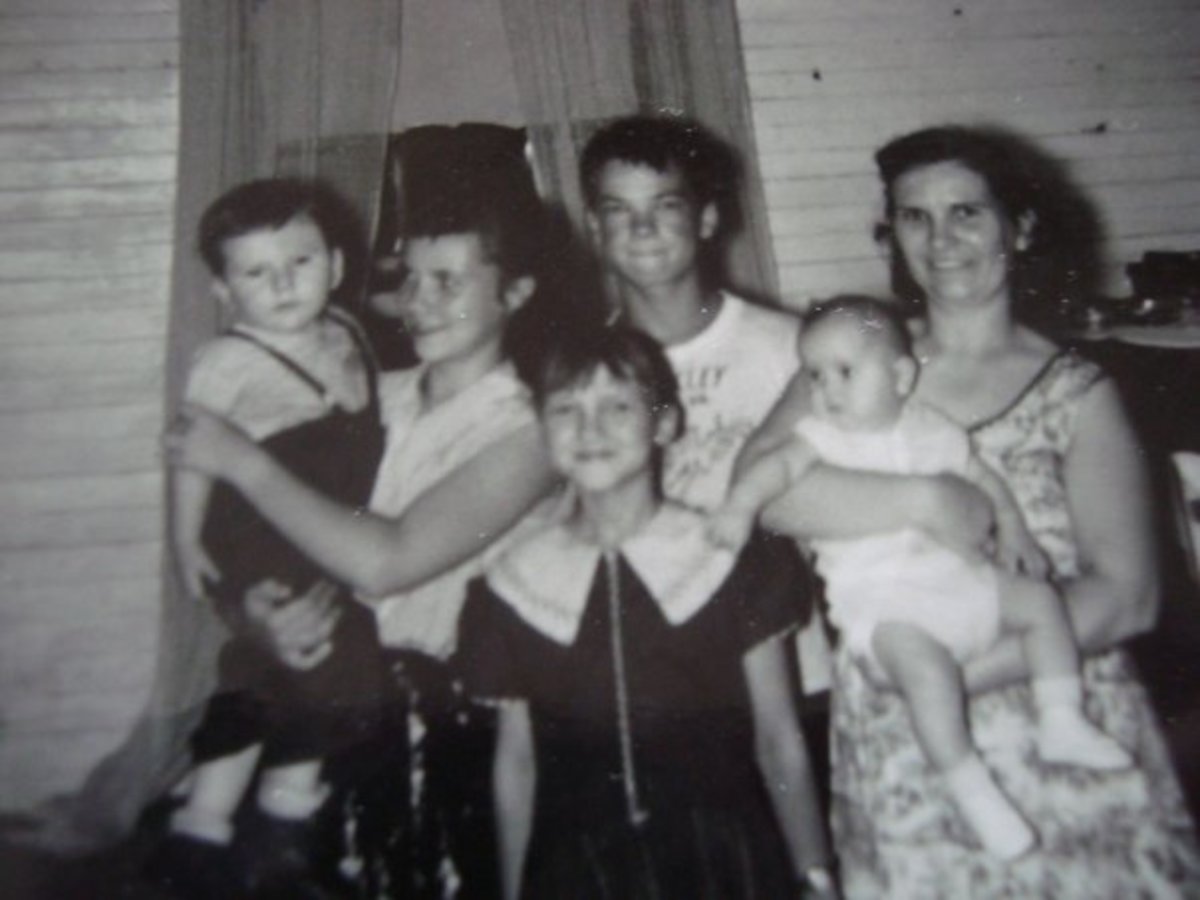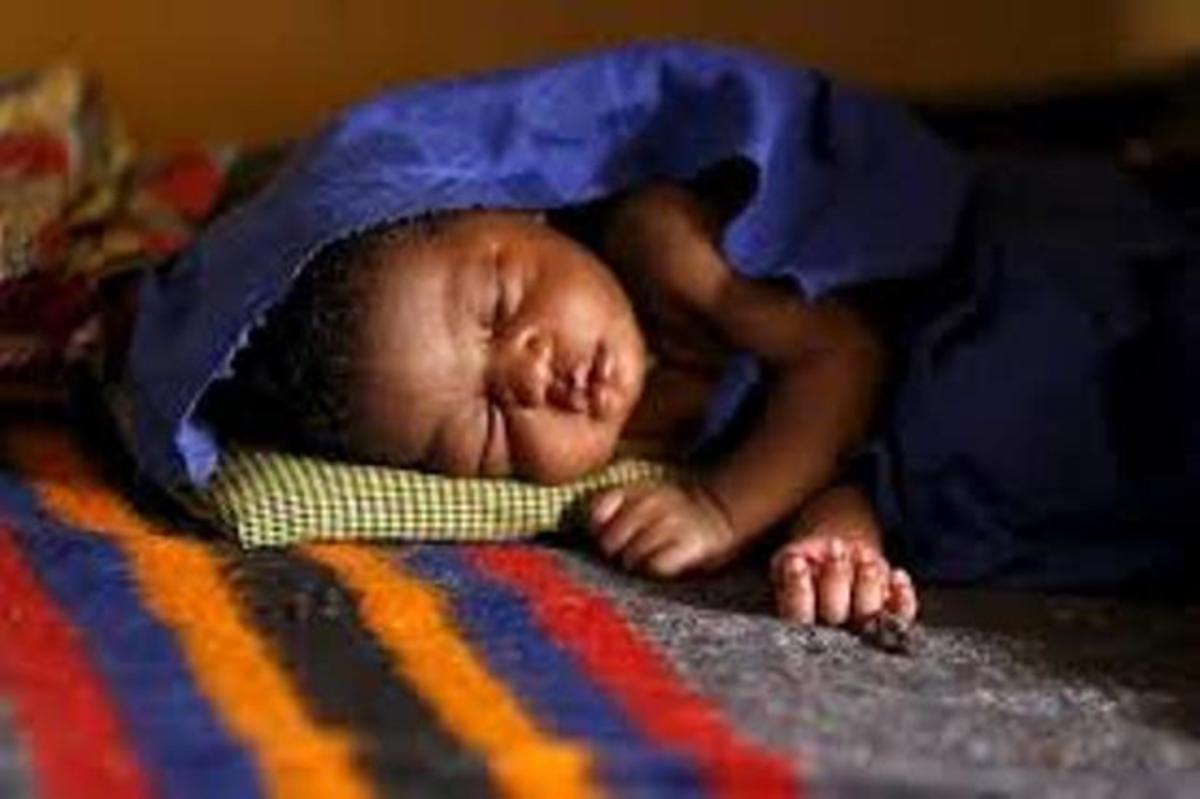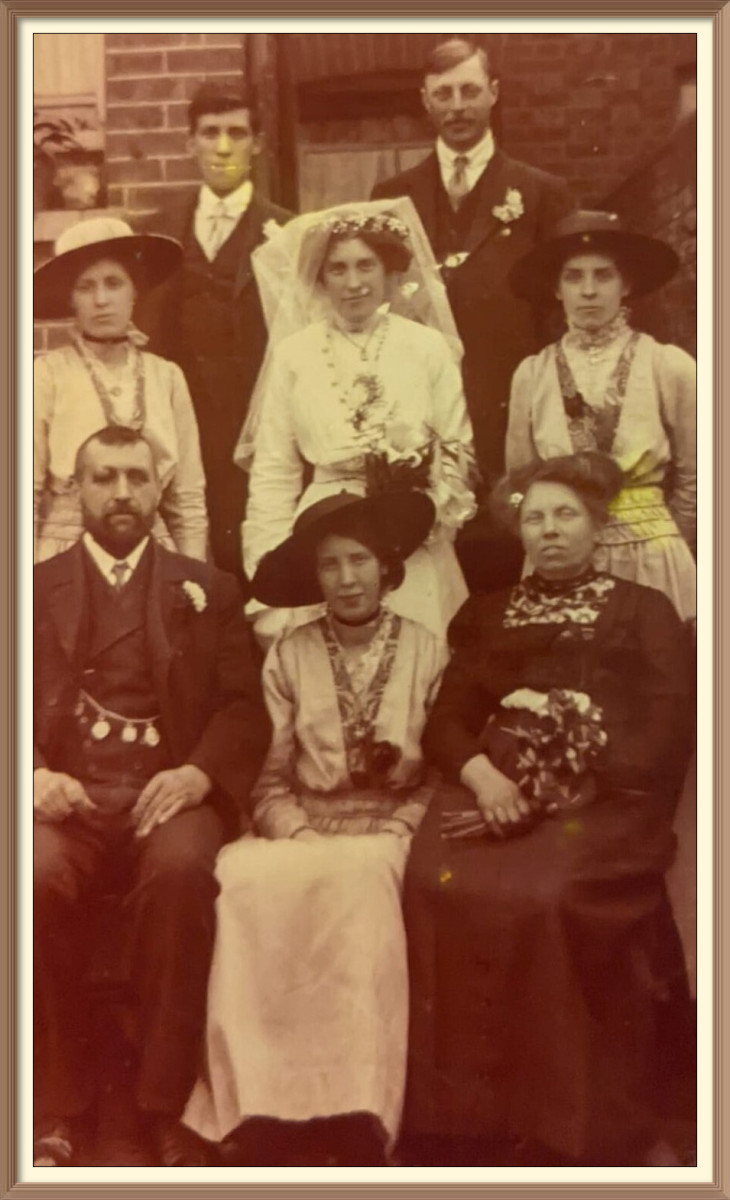Telling the Stories of Our Female Ancestors
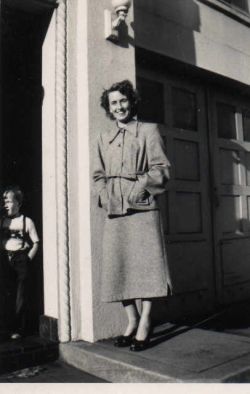
You Need to Record the Stories of Your Female Ancestors
March is Women's History Month in the United States. During that month, we take the time to honor our female ancestors and their accomplishments. Although it's nice to take a month to honor them, we should make our best effort to uncover their stories throughout the year.
So often, women are merely a first name on a pedigree chart. And, sometimes no name at all. But, does that mean their contribution to society is any less? Regardless of the fact that the male dominated history books skip over women, they've played important roles in the home, in the world of business, and in the community.
It's important that we remember the contributions that women have made to our family tree and to our country. Take a moment and pay tribute to your female ancestors. Without them, you would not be here.
Tracing Your Female Ancestors
Researching female ancestors can be very frustrating. Their names are left off of records with notations like "wife of Mr. John Smith" and "Mrs. John Smith" or simply "wife". So, how do you find these elusive ancestors ancestors?
There are plenty of records that will help you fill in their story. Here are just a few:
- Census
- Birth, Death, and Marriage certificates
- Church newsletters and newspapers
- Obituaries
- City Directories
- Newspapers
- Baby Books
- School records
- Immigration files
- Wills and Probate files
You will probably have to search many different types of records to really know your ancestors' story. But it can be done!
Piecing Together My Great Grandmother's Biography
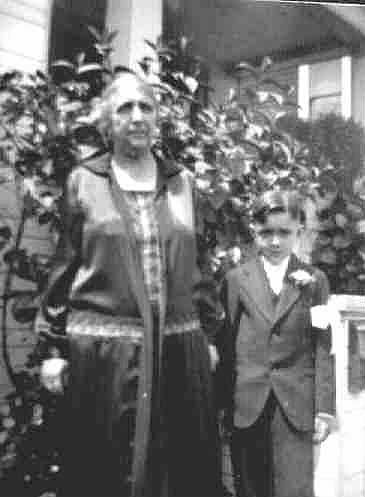
Filling in the Details of Their Lives with Timelines
You might look over the information you have on your female ancestors and think you know very little about them. This is where timelines come in handy.
By listing the events of your ancestor's life, you get a better perspective of the events that affected them. You can even add historical events to gain a perspective of how outside events might have important to your ancestor.
I think timelines are a great way to organize data and to root out the narrative. This timeline is for my Great Grandmother, Maria Espirito Santo (de Braga) Pacheco Smith. The base for this timeline was created in RootsMagic genealogy software. I added in extra events that I thought completed Maria's story.
The timeline from my genealogy software, RootsMagic, gave the basic details of Maria's life: when she was born, baptized, married, and died, where she lived, and immigration information. I added the things I thought would have been important in her life: the birth and death of her children, the medical diagnosis of her husband and his death, sending her oldest son off to war, and her own illness later in life.
Maria's Timeline
- 2 Jun 1876 Birth: Maia, Ribeira Grande, Sao Miguel Island
- 16 Jun 1876 Baptism: Divino Esperito Santo, Maia, Sao Miguel, Acores
- 8 Jun 1882 Immigration: Honolulu, HI
- 1895-1907 Residence: Kilauea (Hanalei), Kauai Co., HI
- 22 Dec 1895 Marriage: Theodoro PACHECO Sr., St. Sylvester's Church, Kilauea, Kauai Co., HI
- 1 Oct 1896 First child born: Jose
- 6 Feb 1898 Second child born: Maria
- 22 Jun 1899 Third child born: Willie
- 12 Mar 1901 Fourth child born: Theodore Jr.
- 28 Apr 1902 Fifth child born: Seraphina. Seraphina dies 15 minutes after being born.
- abt 1906 Husband contracts leprosy
- mid 1906 Becomes pregnant for the sixth time.
- abt 1907 Family smuggled aboard a ship leaving for San Francisco, California
- abt 1907 Gives birth on board ship somewhere near San Francisco's waters
- abt March 1907 Family arrives in Oakland, Alameda Co., CA
- 1908 Residence: 975 E. 25th St., Oakland, Alameda Co., CA
- 1910/11 Residence: 978 E. 25th St., Oakland, Alameda Co., CA
- 1 Jan 1913 Son, Willie, dies of influenza
- bet 1912-1914 Residence: 1948 E. 25th St., Oakland, Alameda Co., CA
- 9 Dec 1914 Husband dies from complications of leprosy
- ca 1917 Oldest son, Jose, drafted for WWI. He returns sometime in 1918.
- ca 1917 Moves family to Spreckels, Monterey Co., CA to be close to her brother's family
- 1930 Residence: 2235 E. 25th St., Oakland, Alameda Co., CA (moves in with daughter)
- abt 1936 Develops a debilitating illness
- 25 Feb 1938 Death: Oakland, Alameda Co., CA
- 28 Feb 1938 Burial: St. Mary's Cem, Oakland, Alameda Co., CA
I could probably fill in even more blanks by adding other family events--the good and the bad. If I continue to build on this timeline, I will have a pretty good idea of the major events that shaped Maria's life. I'll be able to tell her story.
If you aren't sure about how to create a timeline, I've written a blog post in more detail on the subject: How to Create a Genealogy Timeline
You can also use the free online timeline creator "OurTimeLines.com" to create your own. This is the timeline I created using OurTimeLines:
Learn How To Research Your Female Ancestors
This is one of the best how to books for researching your female ancestors. The author supplies a variety of methods and sources for rooting out their story.
In this book, the author gives quite a few resources on how to root out your female ancestors and their stories. It is always easy to find them in records, so any tips and new avenues of research are worth trying.
We need to preserve their memories, but we have to use creative research methods in order to do so. It is challenging but it is not impossible.
Strong Women From My Family Tree
Click thumbnail to view full-size




Share Their Stories
Most of what you learn about your female ancestors won't be found in indexes or in records. They'll be learned from stories.
I would have never learned about the wonderful woman that my Great Great Aunt, Maria (Pacheco) Cosma if I hadn't started talking to cousins. From records, I learned she was born, she lived in two different countries, she married, she had many kids, and she died. Not much of a life, is it?
Then I started getting the stories. Maria was not just another wife and mother (not that those are bad things). In the 1880s, Maria was being trained by Portuguese elders to be a midwife and healer. Because she was raised in Hawaii, her education mixed traditional Portuguese healing with Hawaiian healing. Maria's role within the family was very important. In the days where people feared hospitals, they relied on their local healer. That was Maria. She delivered babies, dispensed cures, straightened deformed legs, and administered to everyone in the Pacheco family and probably all the other Portuguese immigrants in the neighborhood.
On top of this, she was an expert seamstress. How she found time to sew with raising children and delivering babies is beyond me. But, somehow she had time for it. She sewed the wedding dresses for her daughters and kept everyone in clothes.
Maria was midwife, doctor, and seamstress. Yet, what does it say on census records under occupation? Nothing! It's blank.
One of the best ways to remember your female ancestors is to take the time to write down their stories. Then share those stories with your children and relatives. In this way, you can make sure that they are remembered.
A Gift from Grandma to Grandchild
I would have loved it if any of my ancestors left a journal or diary behind. Nothing would be more special than my Grandma handing down a book like this to me. If you've got grandchildren, think about sharing your history now before it's too late.
There are now many grandmother memory books available. Each book is meant for Grandma to right down her memories next to the prompts. I think these books are pretty neat. Knowing that your grandchildren will be able to read what you've written and know the stories from your pen rather than through relatives is pretty cool, don't you think.
If you are a grandmother, think about doing this for your grandchildren. The idea may bore them now, but I guarantee that when they are in their 20s and 30s or when you have passed away, they will appreciate that you took the time to do this.
Matching Stories with Documents
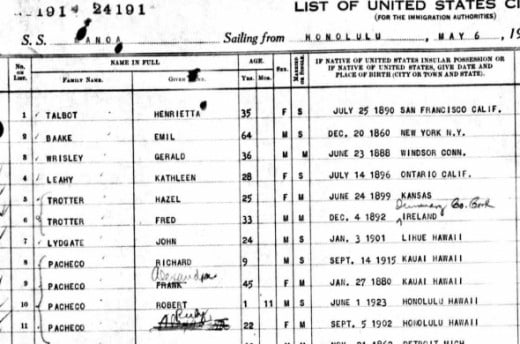
One Family Battle Started with an Independent Woman
You can learn so much from talking to cousins about your female ancestors. But, can you prove that what they say is true?
I noticed an anomaly in my family's naming practices. The Pacheco's adopted the surname Algravia (and variants) sometime after 1907. But sometime in the 1920s, Francisco Pacheco Sr. (aka Frank Algravia) changed his family's surname back to Pacheco. What was that about?
In talking to a cousin, she confided a family story. She had gone out to speak with her Uncle who was in his 80s. He was closed mouth about the Pacheco's. But after some cajoling he let out a family secret.
In the early 1920s, Francisco's wife, Alexandria (de Caires) Pacheco, decided she was going back to Hawaii. She wanted to visit relatives, especially her son, Theodore, who was still living in Hawaii. For whatever reason, Francisco couldn't make the trip. So, she went alone.
And, then the shocked gasp rippled throughout the family. Francisco's oldest brother, Manoel, was furious! He made a point to approach his brother about this shocking display of societal impropriety. A woman, married or not, should not travel alone without an adult male escort.
Francisco wasn't having none of it. The tickets were bought for Alexandria and her youngest son. Alexandria in no way, no how, was going to change her mind. She was going to Hawaii!
The brother's got into a huge argument over it. To show that he no longer wanted to be related his brother, he changed his surname back to Pacheco. He also made his children do the same. From that point on they were no longer brothers.
I wondered when this trip to Hawaii might have taken place. The son said that the name change happened while he was in elementary school--and I don't think he was very happy about it. He was born in 1916, so it probably happened somewhere around 1924-1926.
After some researching, I think I found the trip. On 13 May 1925, Alexandria (de Caires) Pacheco arrived home from Hawaii. She is listed with her 9 year old son, her daughter-in-law, Ruby, and grandson, Robert.
At the time of this trip, Alexandria was 53 years old (not the 45 years the documents shows). To think at that age, she was still seen as someone who needed a chaperon! My how the times have changed.
I'm not always lucky enough to find documents that support family lore. In this case, I was fortunate. I now have a document to got with the story.
Who was This Woman?
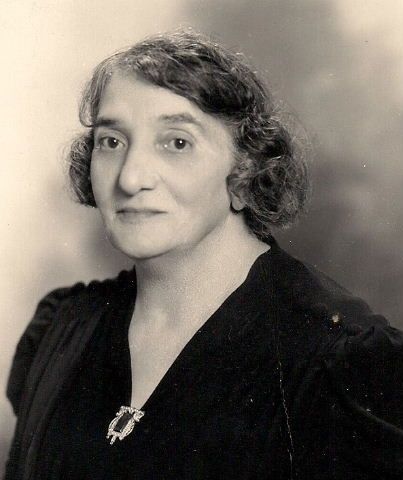
The Loss of Identity
Do you know this woman? Neither do I. This lovely photograph was sent to me a year or so ago by a cousin in hopes of getting it identified. So far, I've sent it to six relatives without any luck. A couple of relatives have thought she belongs to the Ventura family, but that's about as close as we've gotten.
I has taken a couple of years but I now know her identity. She is Mamie (Ventura) Correia, my great aunt's sister. How did I learn this? I am a huge advocate of passing photographs around. In this case, Mamie had passed through many hands. Then, I got in contact with a woman in Hawaii related to my great uncle, Anthony Correia. She sent me Anthony's brother's wedding portrait. You might have figured out that this man married Mamie Ventura. Comparing the two photographs, there was no mistake that this was the same person.
Too often, we have stacks of photographs in a box or album. Most of them have nothing written on the back. Someone knows who they are, but in time their knowledge will be forgotten.
Our women ancestors deserve their identities. If you've got old photographs sitting around, do your best to label them...NOW! Like this woman, your photographs will become a bunch of people without names. And, that is very sad. And, this photograph may be the only proof left that this woman ever existed.
Preserve Their Heirlooms
Did your Grandma sew, embroider, or tat? Did she make beautiful cakes and delicious soup? Did she make things for the holidays?
Whatever it is that your female relatives created, be sure to preserve it. Both of my Grandmother sewed, tatted, embroidered, and did a number of things with needlework.
I have a couple of things that my Grandmothers made. I have a collection of their hand embroidered days of the week dishtowels that my Dad's Mother made. I have some pillowcases that my Mom's Mother made. I also have a ceramic bunny jar that she made in art class at the rest home. It sits on my dresser along with my other treasures.
However you decide to preserve these mementos, be sure that you share them with your children. Let them know who made the object, if there is any history behind it, and what the item means to you. In the future, you may be passing it on to your child and then they will know the story as well.
Earning the Right to be Educated
You may not be able to find a book about your great grandmother. But, you might be able to learn about different aspects of her daily life. There are several books available that give insights into what the average woman went through at work, in slavery, and in the fight for an education.
The book by Margaret Nash explores education and women. Not many realize that until views on public education changed and education became mandatory, the majority of women who were educated were wealthy. Even then, their education differed from those of their male counterparts.
The idea that females did not need an education was hard to break. Many were married off as early as 13-14 years old and parents did not see the need for educating them. As late as the 1930s, girls were kept at home to tend to babies, work on farms, and help their families out. There was a real battle between parents and state officials when schooling became mandatory each state.
Explore the ideas and stereotypes surrounding woman--and you might learn a bit more about the world your great grandmother lived in.
